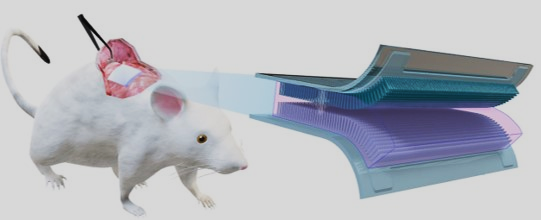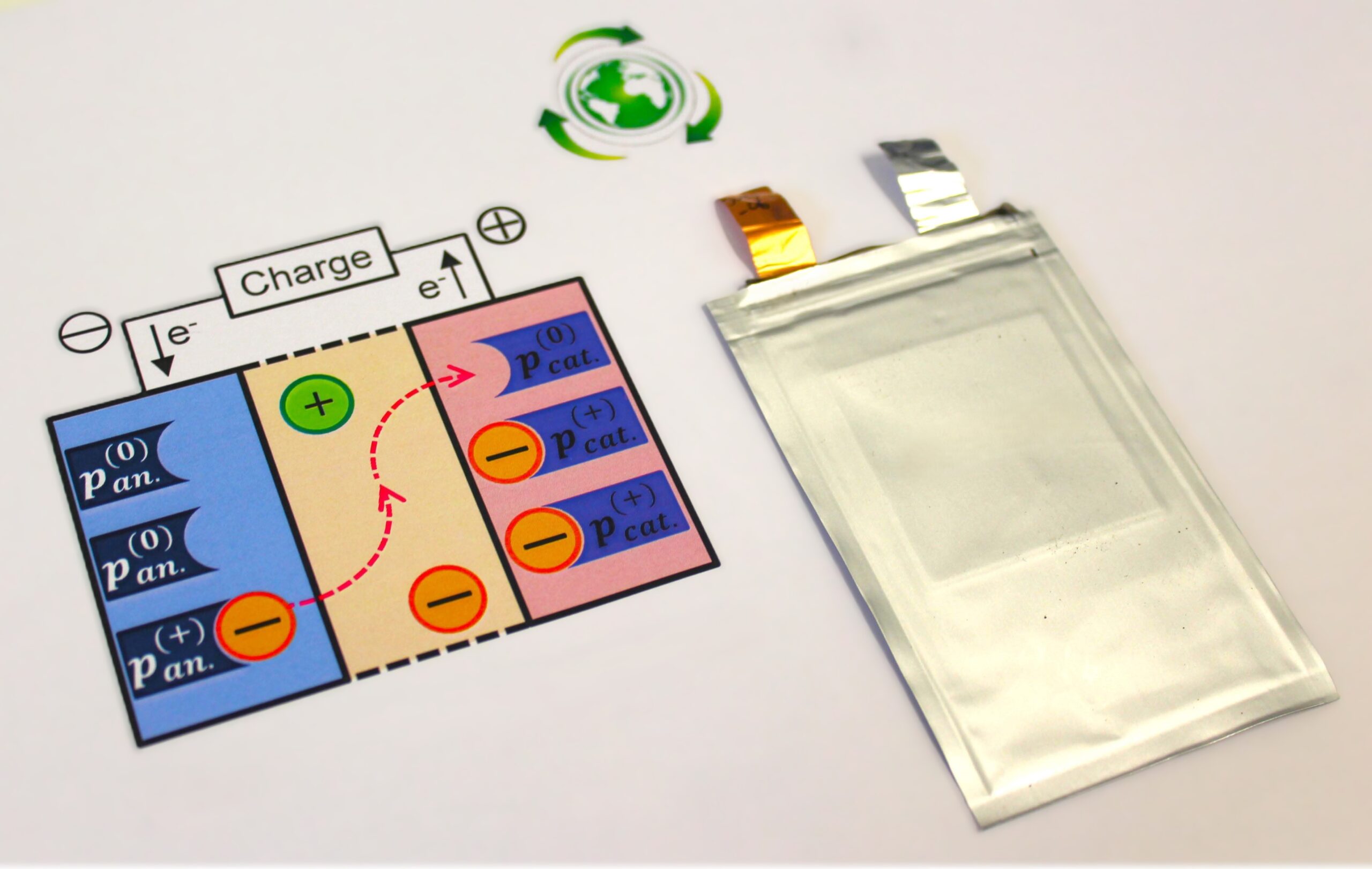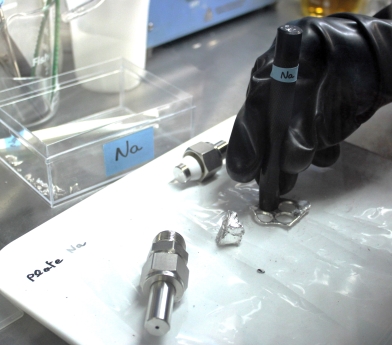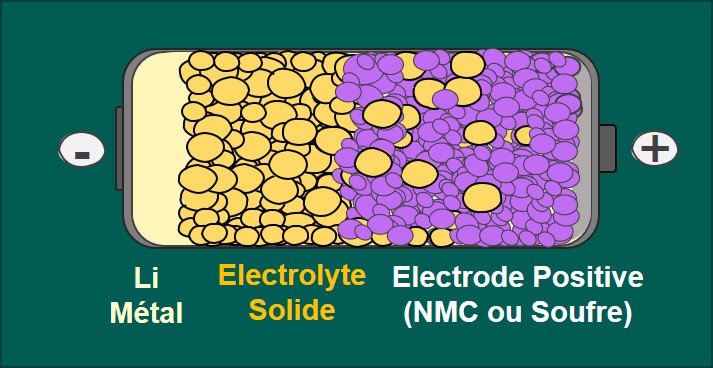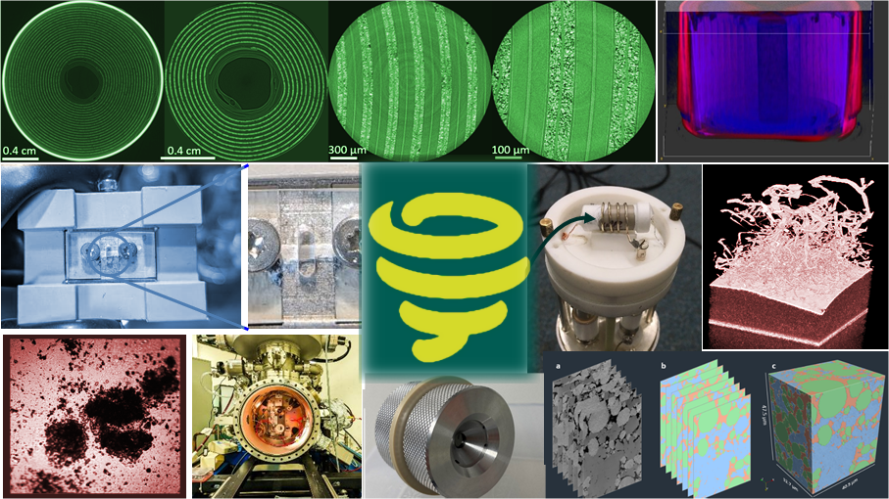
OPENSTORM
Operando characterization of materials for energy storage: from the laboratory to large instruments
Overview
New operando analytical methods for studying the operating and aging mechanisms of next-generation batteries
Dr. Sandrine Lyonnard (CEA-IRIG, Grenoble)
Prof. Lorenzo Stievano (ICGM, Montpellier)
The OPENSTORM project is developing a multi-modal and multi-technique characterization platform dedicated to the study of next-generation batteries. New operando characterization methods will be developed and integrated to better understand reaction mechanisms and degradation in electrodes and electrolytes in real time. The goal of this correlative approach is to accelerate the understanding of phenomena in materials (active material, binders, additives), components (electrodes, electrolytes, current collectors), and at interfaces, which govern the performance and durability of new battery technologies.
Keywords
Operando characterization, multi-scale, mechanisms
Tasks
Our research
We will develop small-angle diffraction and scattering techniques to study the mechanisms of lithiation and sodiation in crystalline and/or nanostructured materials. This includes advanced methods such as spatially resolved microdiffraction or techniques that allow probing of single particles, as well as the development of ad hoc cells enabling temperature and pressure control.
Understanding the microstructure and morphology of components
We will develop imaging and tomography techniques to study local morphologies in materials at extremely small spatial scales, typically less than 100 nanometers. We will also map concentration heterogeneities at the electrode or cell scale using 2D or 3D methods to identify specific chemical species or phases and how they are distributed over time. These maps are crucial for limiting degradation and understanding its origins, for example, in the case of fast charging or thick materials.
Studying local properties and charge transfer phenomena
We will combine bulk and surface spectroscopy techniques to study the chemical environment and electronic properties of materials, particularly transport and transfer phenomena at interfaces. This approach will enable, for example, the study of model thin-film systems.
A holistic vision of the battery
We will implement analysis and standardization methods to correlate multi-scale and multi-parameter information and accelerate the analysis of large datasets. This involves creating a database of experimental techniques describing observables and measurement criteria, as well as developing generic tools that can be transferred from one laboratory to another for data storage, representation, and even analysis.
The consortium
8 academic laboratories, 3 CEA institutes, and the SOLEIL synchrotron
The primary goal of OPENSTORM is to develop experimental analytical techniques, from the laboratory to large-scale instruments, to accelerate the study of future generations of batteries (all-solid-state, high-power, and post-lithium-ion). This involves transferring existing expertise and methodologies developed over the past twenty years for Li-ion batteries, as well as creating new techniques and approaches tailored to the challenges identified in the PEPR. This portfolio of techniques will be organized within a characterization platform that allows the study of reaction mechanisms in real-time using spectroscopic methods, radiation scattering, imaging, coupled with electrochemical methods. New electrochemical cells and advanced data analysis methods will be developed, particularly by integrating tool standardization and multi-technique correlations.
Enable the acceleration of the development of safer and higher-performance battery materials and technologies.
Training of doctoral and postdoctoral researchers (12 in total).
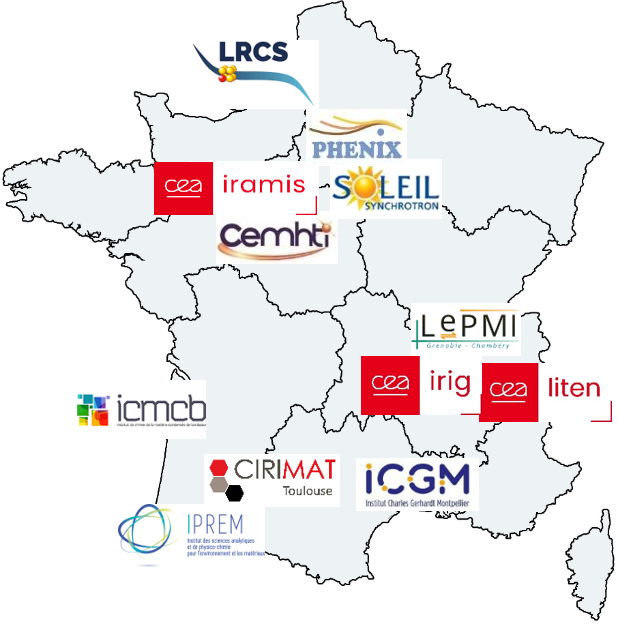
Les autres projets PEPR

